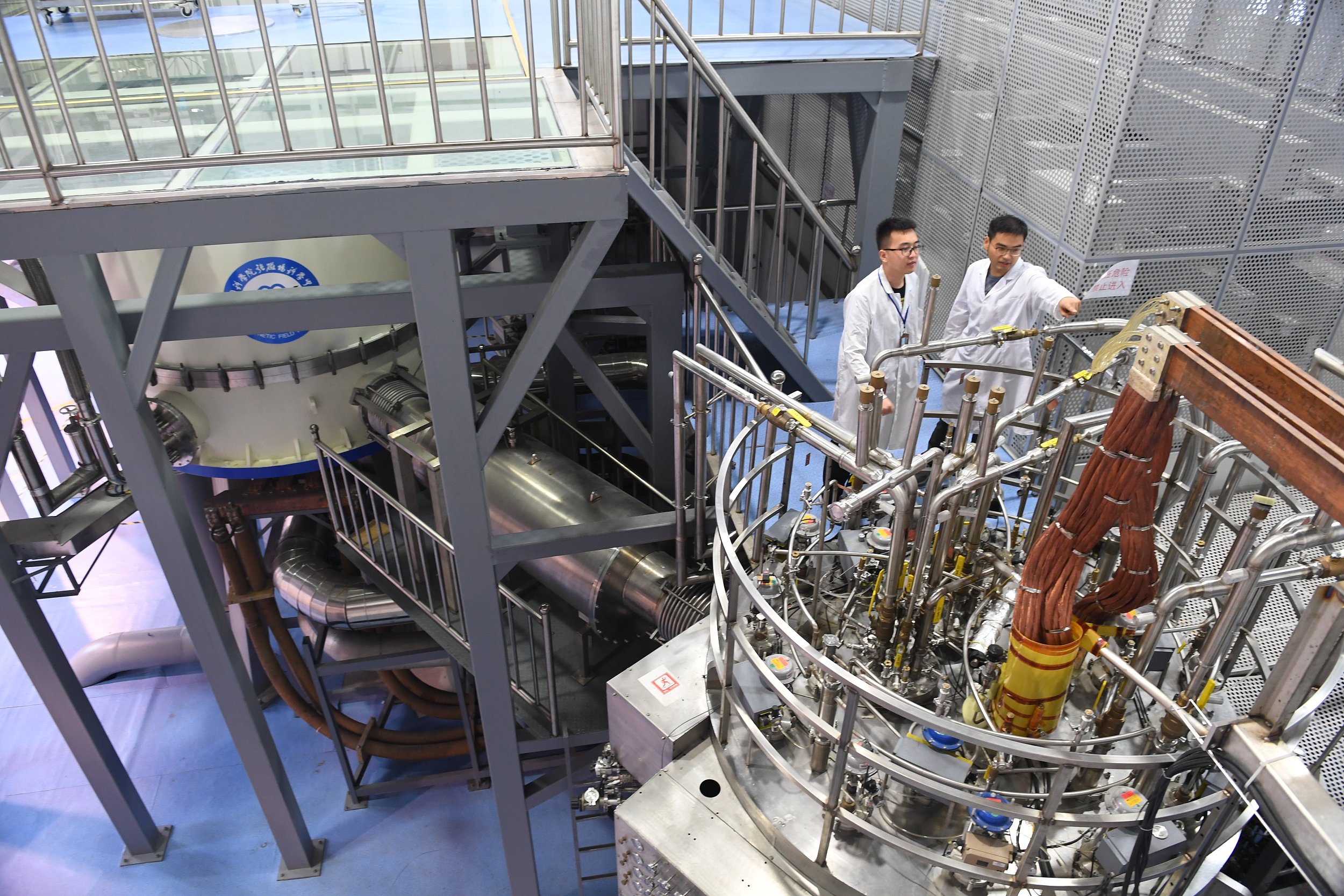Harnessing Sci-tech Support to Build Green China

Black-necked cranes and other migratory birds perch and fly in the Napa Sea of Shangri-La, Yunnan province. (PHOTO: VCG)
By ZHONG Jianli
The report to the 20th CPC National Congress states that Chinese modernization is committed to creating harmony between humanity and nature. To make this happen, China will continue to uphold the principle that lucid waters and lush mountains are invaluable assets, and ensure a greener country.
To act on this principle, the Ministry of Science and Technology, and other government bodies, recently released the Special Plan on Scientific and Technological Innovation in the Field of Ecological Environment for the 14th Five-Year Plan Period (2021-2025).
"The issuance of the plan is another important step taken by China toward building a beautiful country. The plan lays out 50 main technology development tasks in ten fields, including eco-environment monitoring and climate response. The aim is to accelerate an all-round transition to a model of green economic and social development," said Foreign Ministry spokesperson Zhao Lijian at a regular press conference on November 4.
The eco-environment monitoring should become more precise, dynamic and intelligent, according to the plan. To this end, it is necessary to make breakthroughs on intelligent correlation sensing and integrated remote sensing technologies to monitor the PM2.5 and O3 as well as their main precursors, and develop pollution leakage and discharge early warning and tracing technology.
For water pollution prevention and control, the plan proposes to develop new technologies for restoring urban water ecology, preventing and utilizing industrial waste water, and purifying drinking water.
Addressing climate change issues is also an important focus of the plan.
China has announced the vision of carbon peaking and carbon neutrality, and established the "1+N" policy framework for achieving these goals.
The plan emphasizes the development of an early warning platform for identifying and assessing climate change risks, and the research on decarbonization technology in thermal power, steel, cement, chemical, non-ferrous metal, and transportation industries. Development of carbon capture, utilization and storage (CCUS) technologies is also encouraged.
Meanwhile, providing technological support for the implementation of international ecological and environmental conventions, including the Stockholm Convention on Persistent Organic Pollutants, the Basel Convention on the Control of Transboundary Movements of Hazardous Wastes and Their Disposal, and the Vienna Convention for the Protection of the Ozone Layer, is a highlight of the plan.
Furthermore, China will deepen international bilateral and multilateral sci-tech cooperation and personnel exchanges on eco-environment protection. To do this, it will actively establish a system of technical standards that is in line with international standards.
China also expects to promote relevant programs on climate change and biodiversity with EU, Germany, Canada, Singapore, Norway, the U.S. and other countries.
To enhance the sharing of innovation achievements, the country will drive South-South cooperation in sustainable development, and build a Belt and Road innovation community, says the plan.


